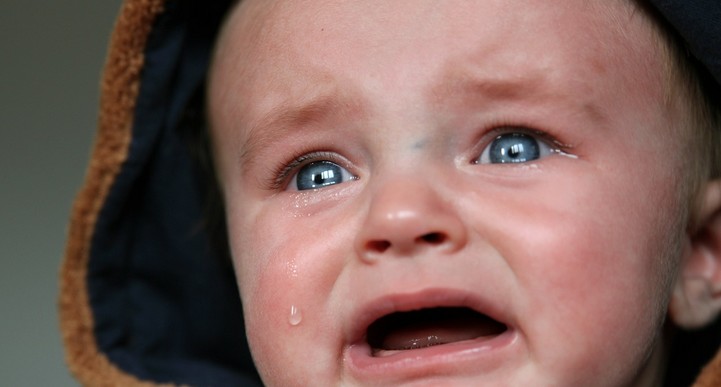
In order to protect children who are being abused, child care providers need to learn the signs of physical abuse. Physical abuse is any kind of non-accidental harm to a child’s body. Children who are physically abused may try to hide their injuries or may give unbelievable explanations for injuries such as broken bones.
What Child Care Providers Should Know about Physical Abuse
- Physical abuse injuries are often the result of harsh or inappropriate discipline. Abuse may include shaking, throwing or striking a child. More severe examples might include burns, bites, pokes, cuts, welts, bone fractures or twisted limbs, or injury to internal organs and brain tissue.
- Young children frequently fall down and bump into things. Such accidents may result in injuries to elbows, chins, noses, foreheads and other bony areas. However, bruises and marks on the soft tissue of the face, back, neck, buttocks, upper arms, thighs, ankles, backs of legs or genitals are more likely to be caused by physical abuse. Another sign to look for is bruises at various stages of healing. They may indicate more than one abusive incident.
- The most common cause of death related to physical abuse is head injury or shaken baby syndrome (SBS). This often happens when a frustrated parent or adult shakes a crying baby. Infants have large, heavy heads and weak neck muscles. When an infant is shaken, the brain bounces back and forth in the skull. Shaking causes rupturing and tearing of blood vessels, nerves and brain tissue. Most victims of SBS are less than 1 year old, and about 50 percent of these victims die. Children who survive often have permanent damage, including blindness, hearing loss, seizures, developmental delays, speech and learning difficulties and paralysis. Symptoms of shaken baby syndrome include extreme irritability, lethargy, poor sucking or swallowing, breathing problems, seizures, vomiting, unequal pupil size, pale or bluish skin, inability to lift the head and inability to focus the eyes or track movement.
- Changing diapers or helping children go to the toilet may reveal bruises or other injuries that are normally covered by clothing. Abusive parents are consciously or unconsciously aware that the signs of their abuse need to be concealed and tend to dress their children in long sleeves or long pants.
- Injuries to the abdomen or the head often go undetected unless there are internal injuries. Injuries to the abdomen can cause swelling, tenderness and vomiting. Injuries to the head may cause swelling, dizziness, blackouts, retinal detachment and even death. In particular, black eyes in both eyes at the same time could be a sign of bleeding in the brain.
Identifying Signs of Physical Abuse
Consider the possibility of physical abuse when…
The child:
- Has unexplained burns, bites, bruises, broken bones or black eyes
- Has fading bruises or other marks noticeable after an absence
- Seems frightened of parents and protests or cries when it’s time to go home
- Shrinks at the approach of adults
- Reports injury by parents or another adult caregiver
The parent or adult caregiver:
- Offers conflicting, unconvincing explanations or no explanation for child’s injury
- Describes the child as “evil,” or in some other very negative way
- Uses harsh physical punishment with the child
- Has a history of being abused as a child
Examples of Behavior That May Suggest Physical Abuse
In addition to physical signs, children may show behavioral signs that they have been physically abused. The following examples might suggest physical abuse, especially if the child also has physical signs such as bruises or scrapes.
“Jackie,” 3 years old, runs to get her blanket whenever she hears another child crying. She clutches her blanket and rocks back and forth saying, “No hitting, no hitting.”
“Daniel,” 2 1/2 years old, usually is picked up by his mother. When his father comes to get him, he screams and hides behind his child care provider’s legs. Earlier that day, his provider overheard him playing with dolls and saying, “I told you no wet pants. Now I beat your butt.”
“Peter,” 3 1/2 years old, who had been a very affectionate child, resists his child care provider’s offers to tuck him in at naptime or refuses to sit in her lap to hear a story.
“Kathy,” 4 years old, causes havoc all morning by repeatedly grabbing toys from the other children. She spends the afternoon in the book corner by herself and keeps stroking her blanket.
Six-month-old “Miguel” lies quietly in his crib when he wakes up. He looks around the room but does not cry or attempt to get his child care provider’s attention.
For More Information
To learn more about preventing, recognizing, and handling child abuse and neglect in child care settings, visit the Child Abuse and Neglect section, or check out the following eXtension Alliance for Better Child Care articles:
